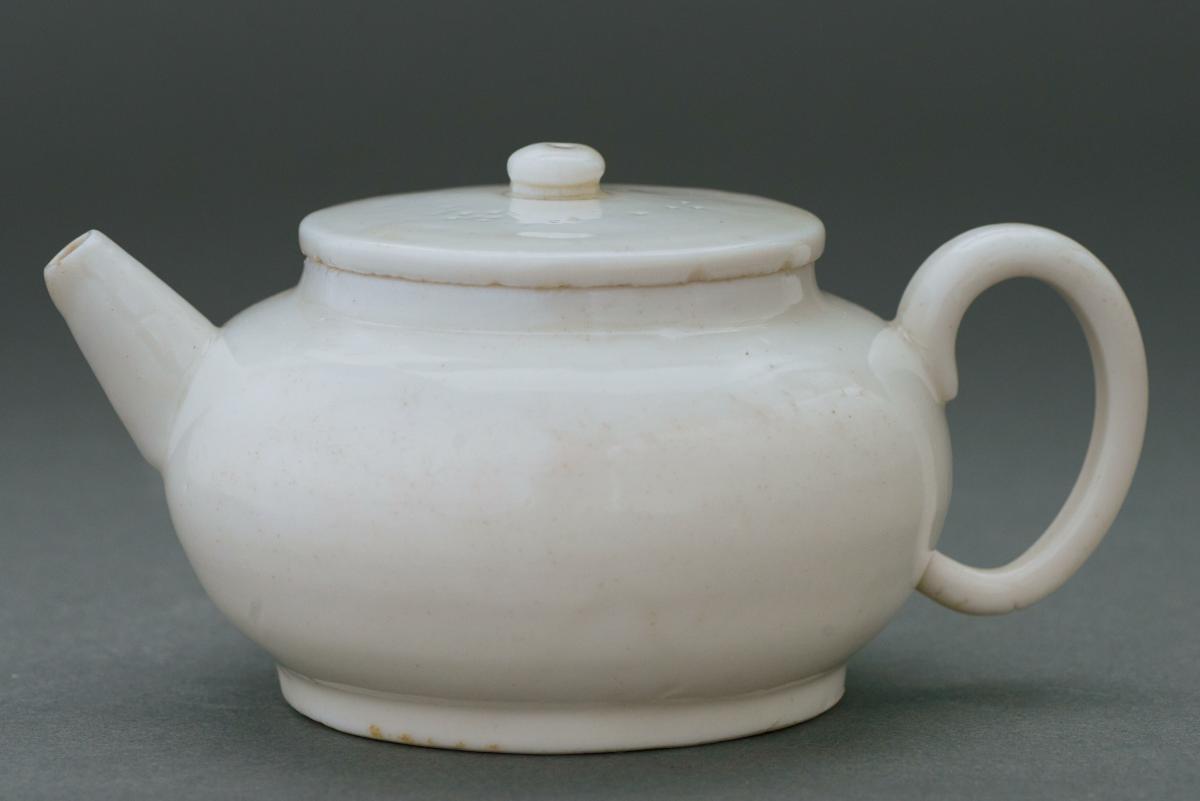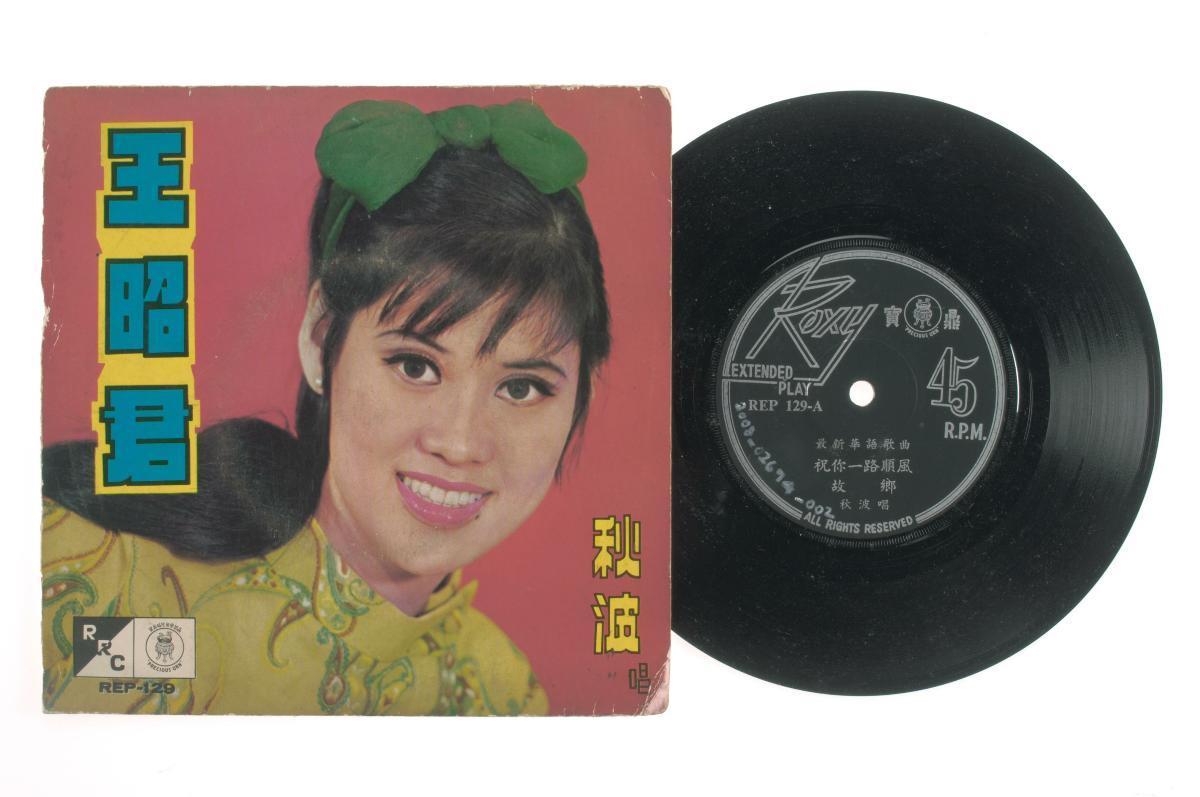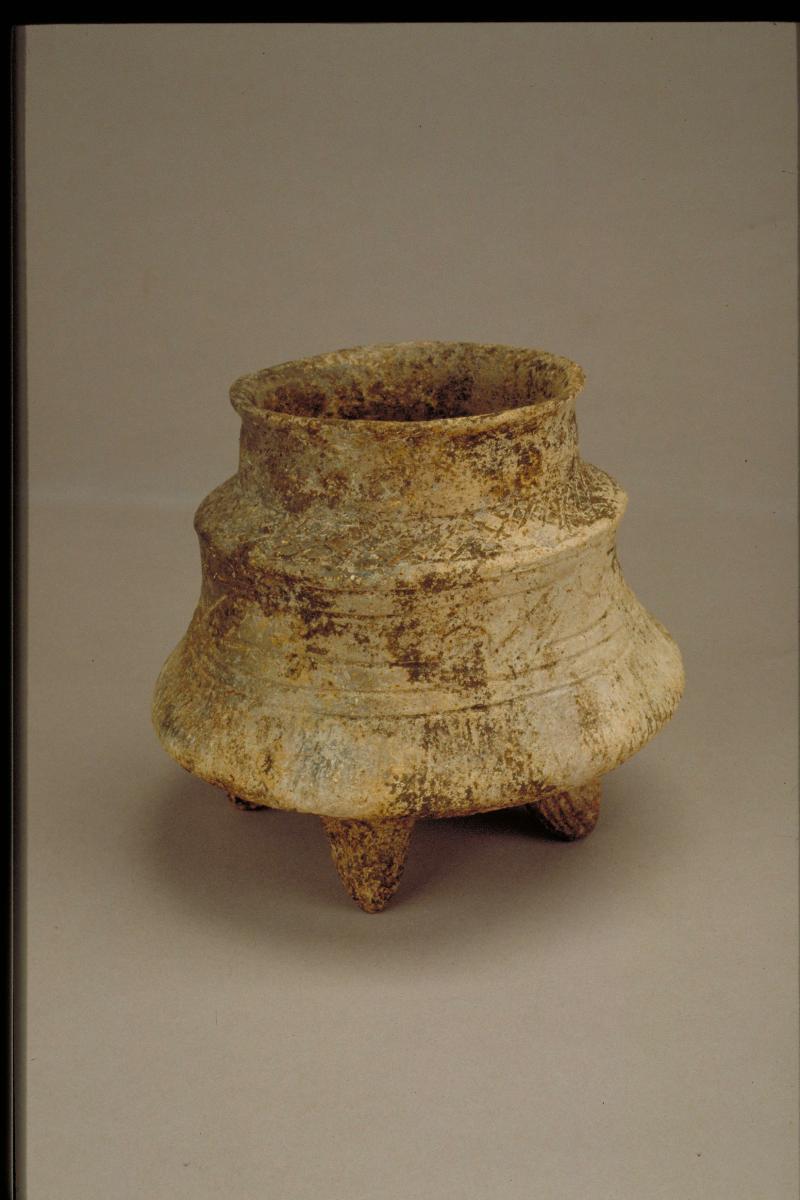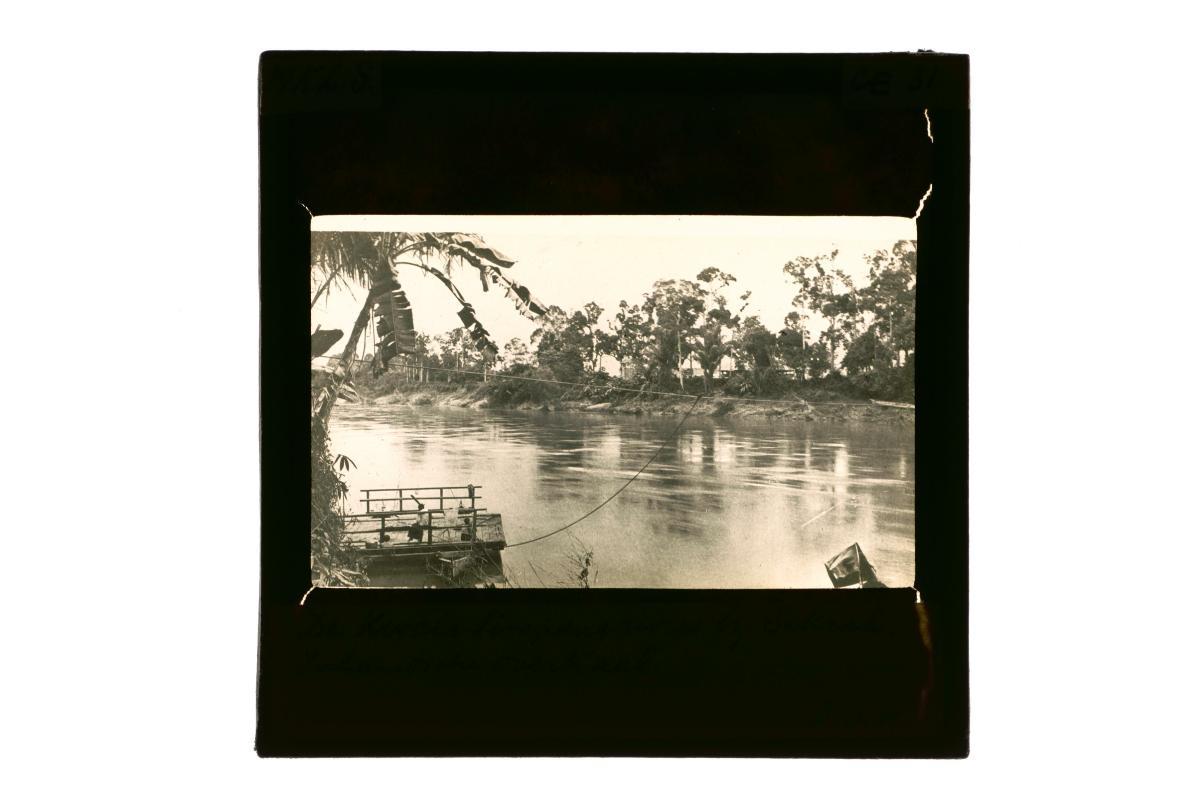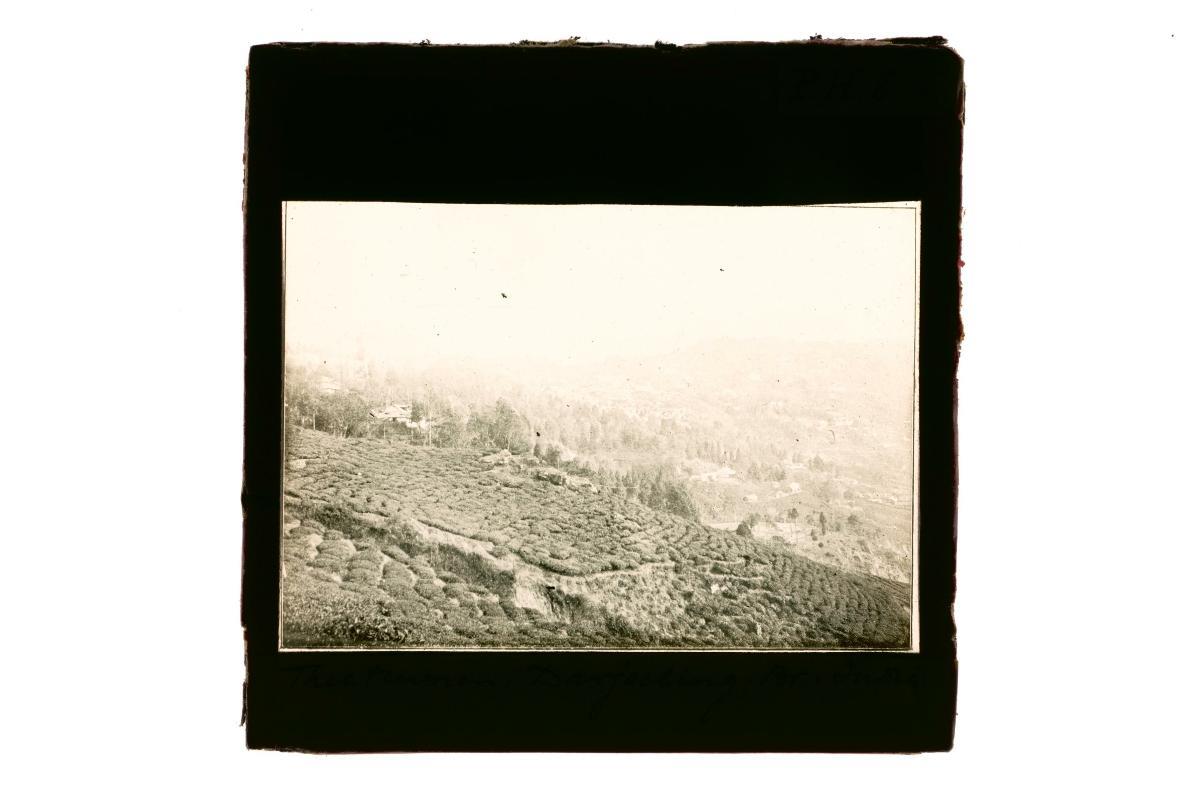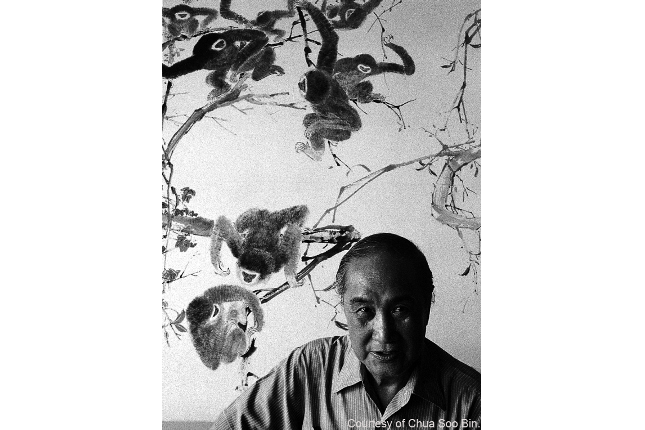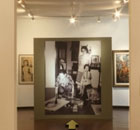This teapot share similarities with the famous red stoneware teapots from Yixing. Both Dehua and Yixing teapots were exported to Europe, where they were much admired and fitted with metal fittings.Loose leaves rather than powdered tea was introduced during the Yuan dynasty (1279– 1368) and preparation therefore required the use of teapots. The quantity of leaves, temperature of the water and duration of steeping were all noted. Globular teapots with wide mouths are thought to have been made in response to these requirements. Metal teapots were soon replaced with stoneware pots and the smaller pots were believed to retain the aroma of the tea more easily. The small hole in the lids of these teapots would have allowed the steam to escape perhaps to avoid over-brewing the tea leaves.Dehua, a district in Fujian province, is the production centre for white porcelain, which is known to the Chinese as 'zhuyoubai' (pork-grease white) or 'xiangyabai' (ivory white), and to the Europeans, 'blanc de Chine' (white porcelain). As these names suggest, Dehua porcelain has a white body, consisting predominantly of porcelain stone ('baidunzi') with minute amounts of clay. This porcelain was produced as early as the 14th century. However, production and quality peaked in the 17th century. A variety of techniques, including press-moulding and slip-casting, were used to create a wide repertory of wares. This ranged from religious figurines to scholar’s objects and enamelled wares.




